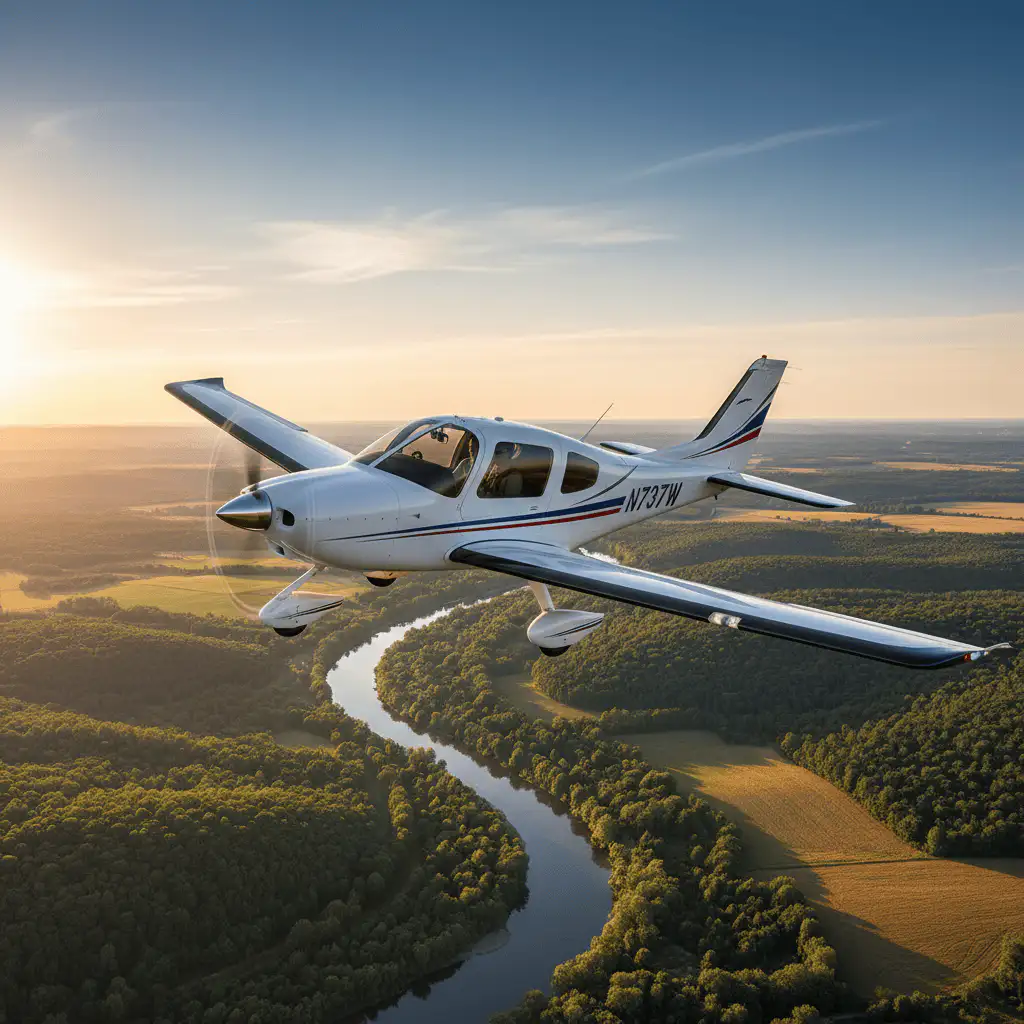The insurance side of MOSAIC nobody's talking about, from someone who's been answering pilots' questions for two decades


I've spent the last six months doing something I genuinely love: talking with pilots about the FAA's new MOSAIC rule. With over 20 years in aviation insurance, I've fielded hundreds of questions from sport pilots, CFIs, aircraft owners, and renters.
Here's the thing everyone keeps asking me: "How does this affect my insurance?"
Fair question. And after countless conversations, I can tell you the answer isn't what most people expect.
The Insurance Shift Nobody Saw Coming
When the FAA released the final MOSAIC rule in July 2025, most pilots focused on the exciting stuff: flying heavier aircraft, higher speeds, retractable gear. The aviation forums lit up with talk about finally being able to fly that Cessna 172 or Piper Cherokee on a sport pilot certificate.
But here's what I noticed in my underwriting chair: the insurance industry wasn't ready for this.
Traditional aviation insurers spent decades building risk models around the old LSA definition. 1,320 lbs max, fixed gear, fixed-pitch prop. When MOSAIC eliminated the weight cap and opened the door to more complex aircraft, it broke those models.
What I'm Telling Pilots Right Now
The pilots who call me fall into three categories:
1. Current Sport Pilots Moving Up
You've been flying a Piper Cub or RANS S-7, and now you're eyeing that Cessna 172 in your flight school's fleet. Here's the reality: your insurance options just got better, but not everywhere.
Legacy insurers are still figuring out their appetite for sport pilots in higher-performance aircraft. At SkyWatch, we built our platform specifically to handle MOSAIC-eligible aircraft from day one:
- Instant quotes for owners and renters
- Coverage for 172s and Cherokees
- Flexible rental policies: daily, weekly, monthly, or annual
- Hull and liability options for sport pilots
2. Private Pilots Considering the Switch
I talk to a lot of private pilots thinking about letting their medical lapse and exercising sport pilot privileges under MOSAIC. Here's what you need to know:
Your premiums might actually improve.
Why? You're flying the same aircraft you always have. A 172, a Cherokee, maybe a 182. But now you're doing it under sport pilot limitations (one passenger, day VFR). From an underwriting perspective, that's often *lower* risk than exercising full private pilot privileges.
The catch: not every insurer sees it this way yet. You need to shop around.
3. Aircraft Owners and Flight Schools
If you own a MOSAIC-eligible aircraft or run a flight school, you're probably wondering: *"Can I actually rent to sport pilots now?"*
The short answer: Yes, but your insurance policy needs to know about it.
Most aircraft insurance policies written before October 2025 don't explicitly cover MOSAIC operations. At SkyWatch, we built this into our coverage from the start. Our online quote system already factors in MOSAIC operations.
Questions Every Pilot Should Ask Their Insurer
After two decades in this business, here's what you need to ask:
- "Does your policy explicitly cover MOSAIC operations?" If they hesitate or say "probably," that's a red flag.
- "What's your definition of a light-sport aircraft?" If they cite the old 1,320 lb limit, their policy hasn't been updated.
- "Can I see your underwriting guidelines for sport pilots in higher-performance aircraft?" Transparency matters.
- "How fast can I get coverage?" In 2025, if an insurer can't quote you same-day, they're behind the curve.
The Real Opportunity
MOSAIC brings more pilots into more aircraft. That's good for the entire aviation ecosystem. More flight hours mean better-maintained aircraft, more active airports, and ultimately better safety data.
From an underwriting perspective, that's gold. Better data means better risk assessment. Better risk assessment means better premiums.
The EAA estimates that roughly 75% of the general aviation fleet is now accessible to sport pilots under MOSAIC. That's a massive shift.
What SkyWatch Is Doing?
We built our platform specifically for this moment. When the MOSAIC Notice of Proposed Rulemaking came out years ago, we knew the traditional insurance model wouldn't work anymore.
Sport pilots need flexibility. Daily rentals, weekend trips, seasonal flying. They need instant quotes. And they need insurers who actually understand what they're flying.
So we built a system that delivers:
- Real-time underwriting that factors in MOSAIC-eligible aircraft
- Flexible coverage periods because not everyone flies year-round
- Hull coverage options for owners and renters
- Claims handled by aviation people who know the difference between a prop strike and a gear-up landing
But more than that, we're committed to educating the market. Pilots deserve to understand how this rule affects their coverage, premiums, and flying future.
Don't Wait
The MOSAIC rule took effect in October 2025, but we're still in the early days. Over the next year, I expect we'll see more competition in sport pilot insurance, better premium structures, and wider aircraft availability.
But in the meantime: Don't wait.
If you're a sport pilot eyeing that 172, get a quote now. If you're a private pilot thinking about exercising sport pilot privileges, talk to your insurer today. If you own an aircraft and want to rent it to the growing sport pilot market, make sure your coverage is ready.
MOSAIC is the biggest opportunity for general aviation in decades. Don't let insurance hold you back.
Ready to Fly Under MOSAIC?
Get an instant quote at skywatch.ai and see what MOSAIC-ready insurance really looks like.
Got questions about your specific situation? That's what I'm here for. Twenty years in aviation insurance taught me one thing: every pilot's situation is different.
Alon Admi is Senior Underwriting Manager and Head of Sales at SkyWatch.ai. With over 20 years in aviation insurance, he specializes in underwriting for modern aviation operations and has been instrumental in developing SkyWatch's MOSAIC-ready coverage solutions.











